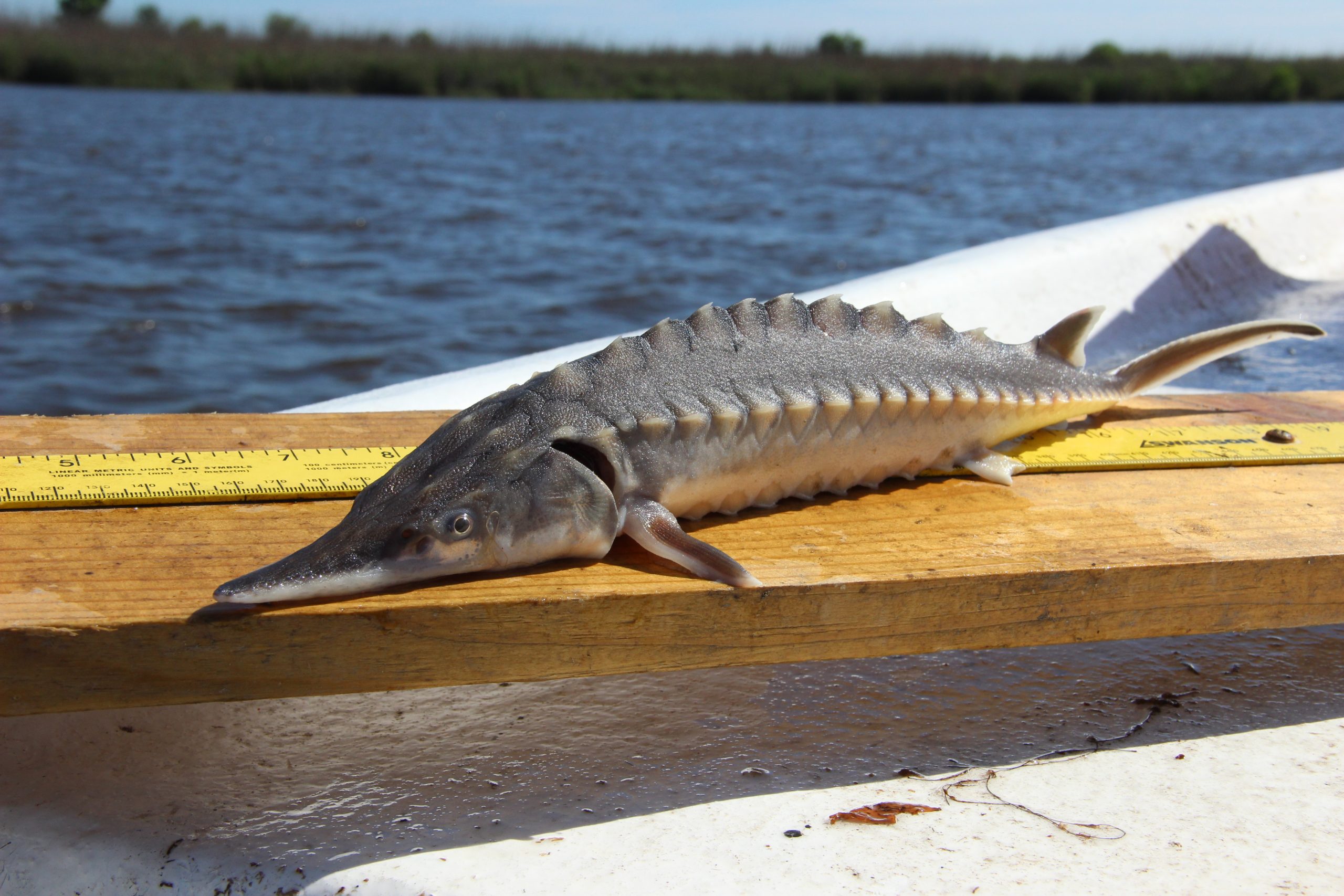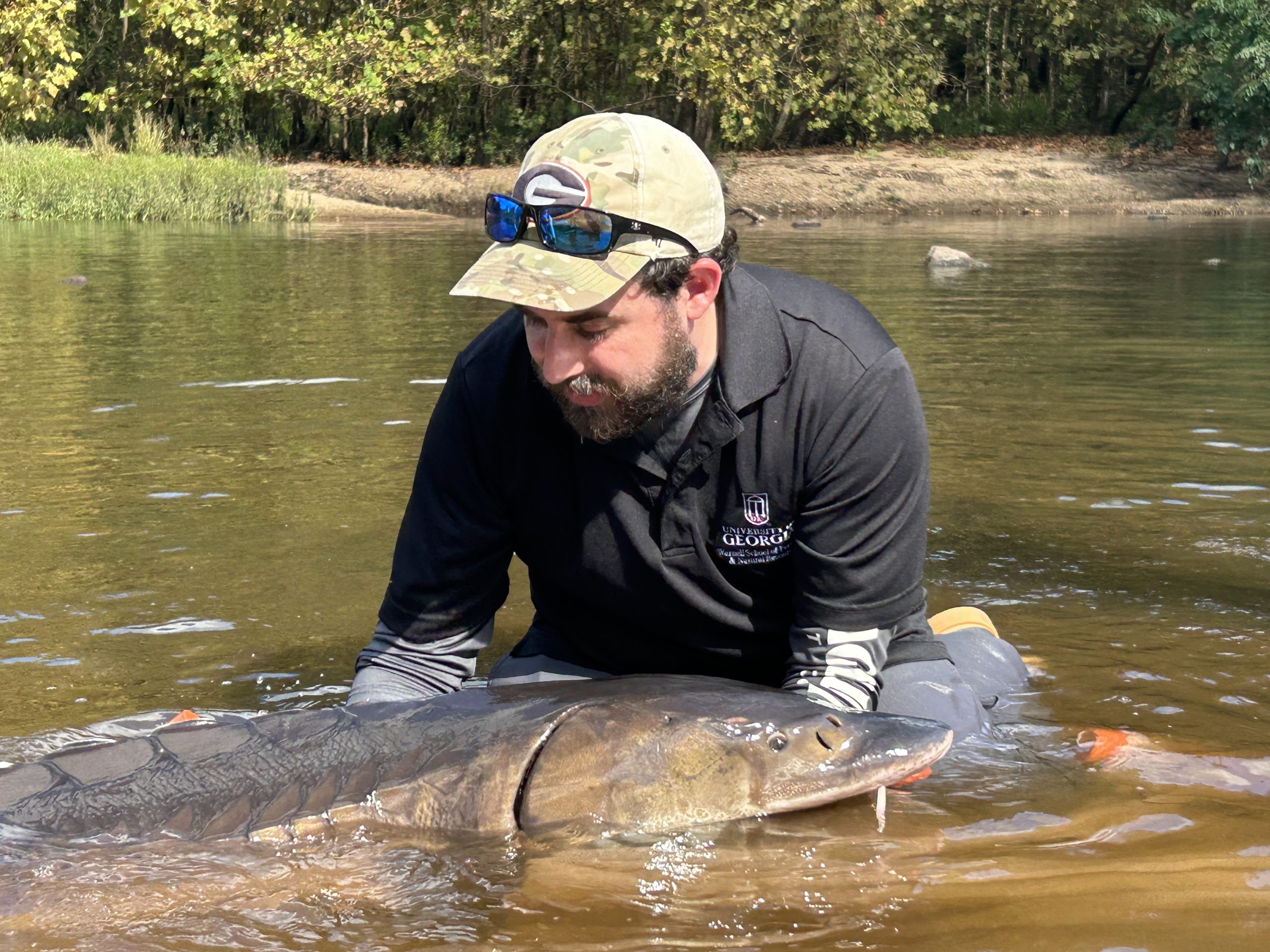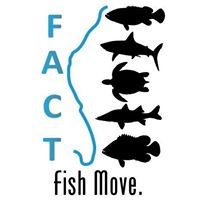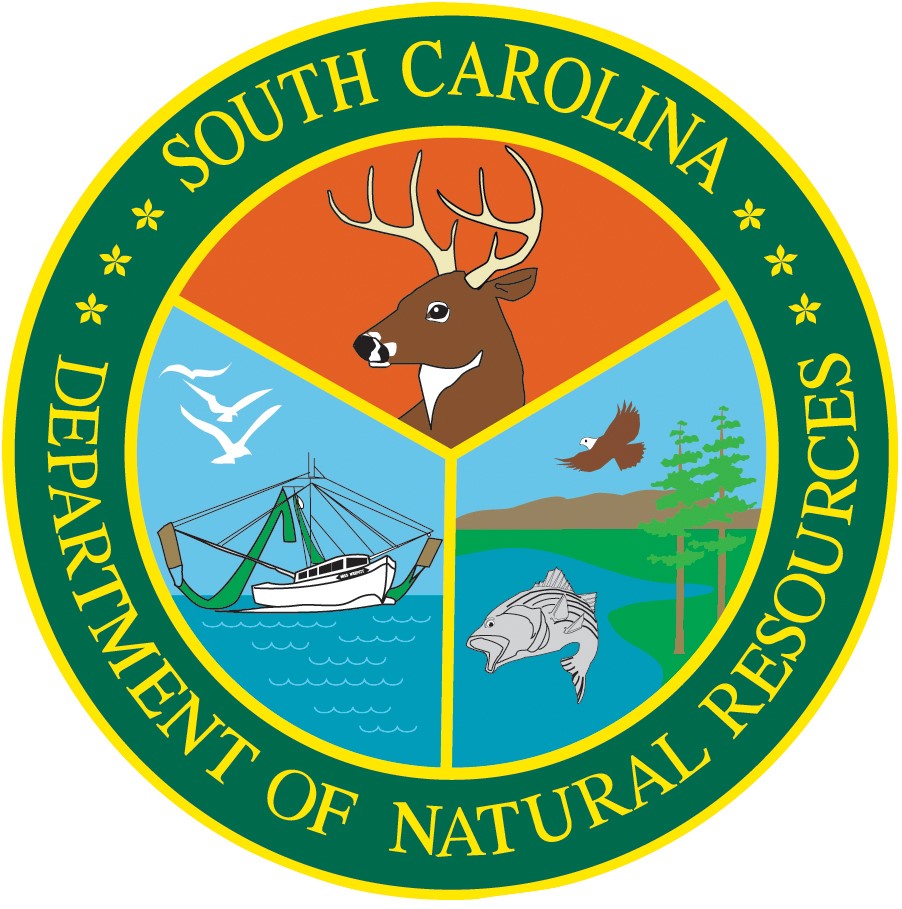Project Overview
Atlantic Sturgeon (Acipenser oxyrinchus oxyrinchus) are an endangered fish species that lives along the east coast of North America from Canada to Florida. Atlantic Sturgeon are anadromous, which means that adults live in the ocean but return to the river where they were born to spawn, or lay eggs. Depending on the river, they may swim hundreds of miles upstream to reach the ideal habitat for spawning. Young sturgeon then live in the river for the first few years of their lives, before migrating out into the ocean. Atlantic Sturgeon can grow to be over 6 feet long and can live for 60 years.
The University of Georgia’s research on Atlantic Sturgeon movements is helping scientists and species managers better understand the details of the species’ migratory life cycle. By tracking the movements of adult sturgeon, we have a much clearer picture of when and where sturgeon spawn in Georgia’s rivers. In many northern rivers, Atlantic Sturgeon spawn only in the spring, but we now know that in Georgia, some sturgeon spawn in the fall instead. We have also seen evidence of juvenile and adult sturgeon from Georgia traveling up and down the whole East Coast, and detected many sturgeon from other populations visiting Georgia. By tracking the movements of 1-year-old sturgeon in the river estuaries, we now know much more about the extent of their nursery habitat, and what subadults do they do when the first leave their home river and head out into the coastal ocean.







